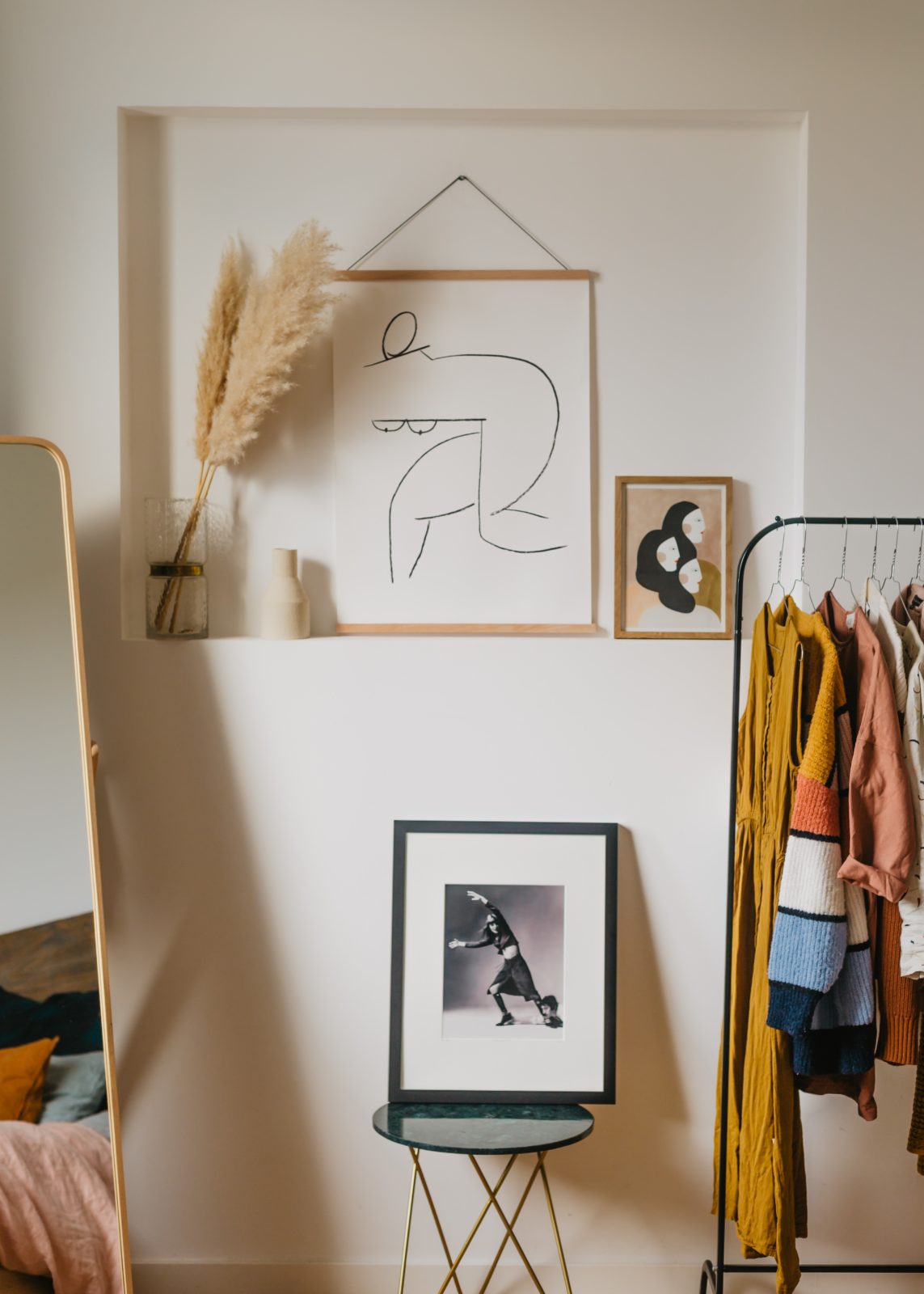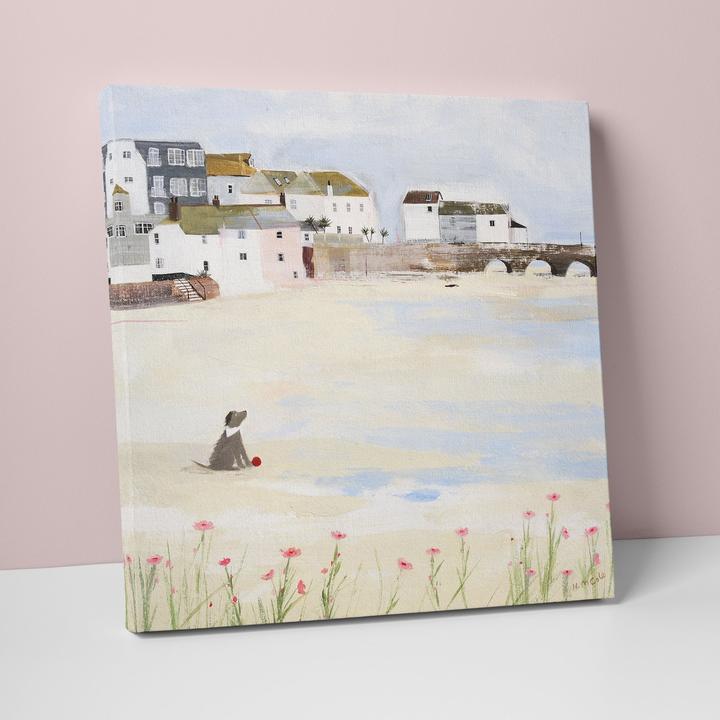‘Art’. It’s all subjective, right? Throw a bit of spaghetti at the wall, see if it sticks and in the right hands, it’s earned itself a residency at the Tate Modern. But try telling the conscientious, house-proud homeowner that. Nope, art in the domestic setting is a very different beast. It needs to be subtle and sophisticated, not showy and conspicuous. When done right, it can turn the whole ambiance of the house upwards. When ill judged, you’re back in student halls covering mould with Nirvana posters; it’s up to you whether you fall into the former or latter camp. These might help you get it right; our 4 IDEAL tips for adding artwork to your home.
SYNERGISE
For your art to blend seamlessly within its space (assuming that ‘carefully cobbled together’ isn’t the look you’re after) it’s a good idea to marry the piece with other items in the room. Or even the whole house, if you’re thinking big. Try picking out a colour or two from the artwork, and then add hints of these tones in the soft furnishings of the room – like a vase, cushions, coasters or ornaments reflecting the colourscape of the art. You can be really playful with this, and the beauty is that anything can be easily tweaked to better suit the style that you’re going for.
EVERYBODY WANTS TO BE FRAME-OUS
It’s not just about the picture; the frame can contribute as much to the art’s appearance and dynamic within the room. So don’t leave this element to chance. Does the art you’ve invested in have a frame that suits the influences within your home, or the room you’re going to place it in? The art itself might be right at home, but don’t be afraid to change the frame if that bit just isn’t working. If you have a traditional home, then think gold baroque or antique silver. And if your place is modern -minimalist even – then perhaps a whitewashed wood or natural oak frame would be more the vibe.
One way to avoid framing dilemmas is to opt for the effortless style of canvas art. This lets the art do the talking, without frames taking any limelight. Usually, canvases wrap around wood, like in the Whistlefish range, providing a seamless finish and even more flexibility when styling a room.
HANG ABOUT
You’ve thought this much about the piece itself and you’ve done thorough research into how to frame it, but the due diligence doesn’t, and shouldn’t, stop there. How you place the artwork within its room is key to making your art stand out in just the right way, too.
Your instinct may be saying ‘go high’, but in fact, your focal piece will look best at eye level. To get this right, use furniture to help you measure up. As a rule of thumb, the bottom of your artwork, or its frame, should be about 8-16 inches above the table or sofa. The same applies if you’re hanging a series of pieces – the lowest level piece should sit in the same place, and then you can stack upwards from there. Easy!
If you don’t have furniture to help you out here, instead use the ‘eye level’ rule, placing your art where you’re naturally going to lock eyes on it. You’ll likely need to do this in a hallway or kitchen, for example. This will ensure that your chosen art can be admired by all, rather than having to look up and around to unearth it.
OR, HANG FIRE
To combat all fears of a hanging gone wrong, you may want to simply lean your art throughout your home instead. This creates a relaxed and less styled look. Controversial? Looks like you’ve bought, regretted, then forgotten about it? Well, not so much actually. More and more people are opting for leaning art: on a fireplace, sideboard, shelf, window ledge, bedside table… you can lean art anywhere. Heck, in the 21st Century it’s even acceptable to lean art on the floor. Just try not to trip over it.









